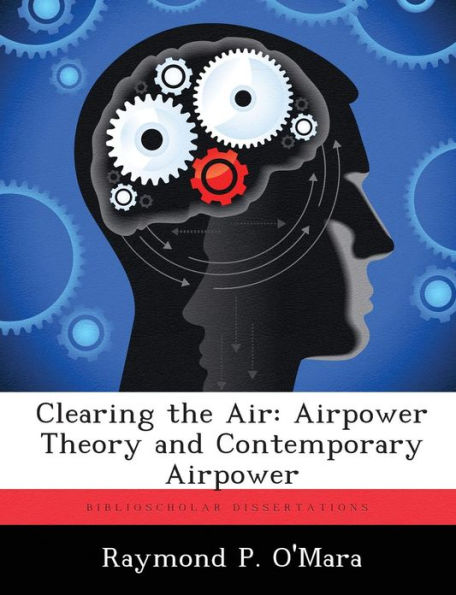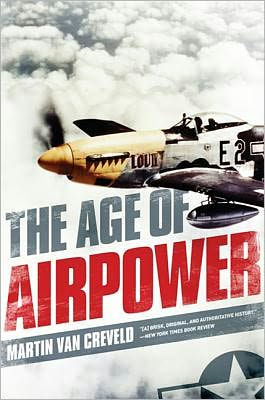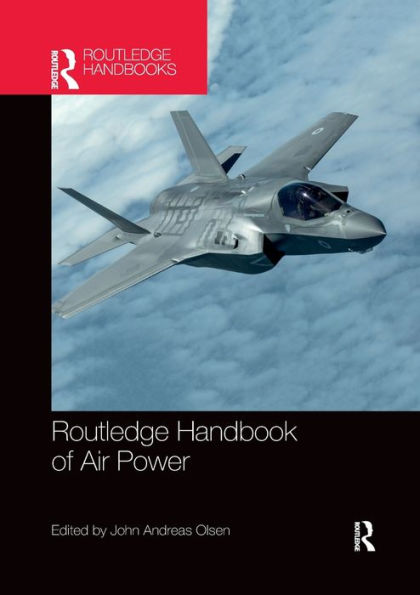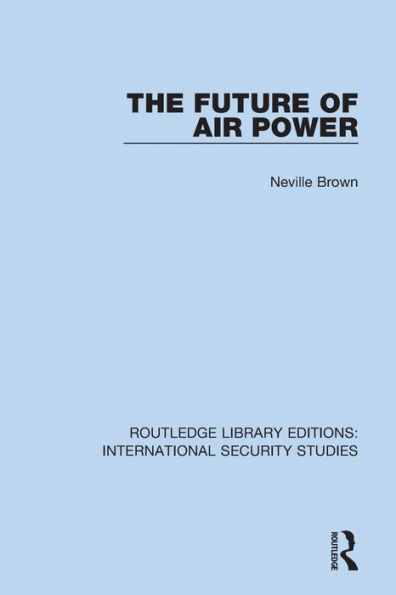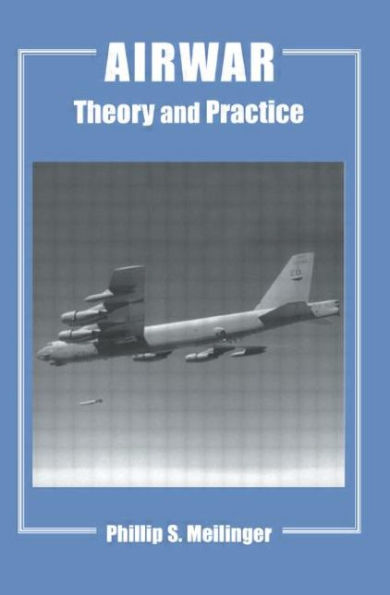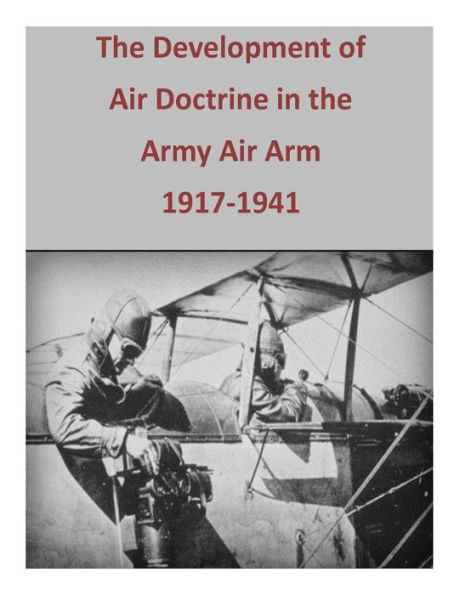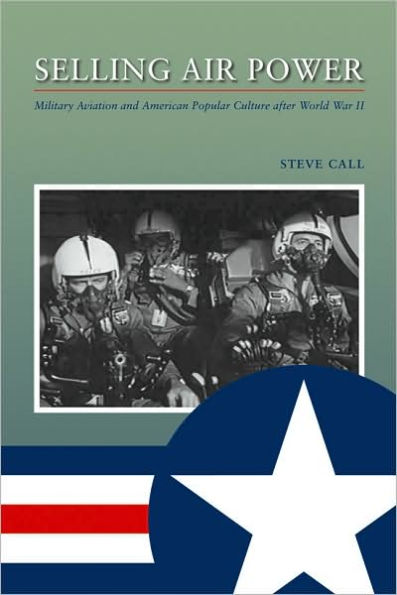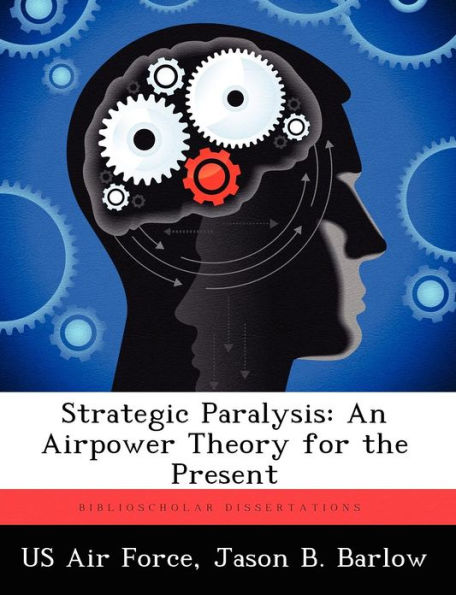Home
The Air Campaign: John Warden and the Classical Airpower Theorists



The Air Campaign: John Warden and the Classical Airpower Theorists
Current price: $15.99
Loading Inventory...
Size: OS
This is the sort of monograph a senior scholar of Prof. David R. Mets's stature should write. As its title says, the study is first of all an effort to place a consequential airpower thinker in the context of the discourse. Since Professor Mets has been researching and writing about airpower history and topical studies for over forty years, he is well qualified to do the job. Beyond its surface intent, however, this study is also a forum for Mets to give forth a little on the broader meaning of the discourse and on some of its specific parts. Consequently, what starts out as an essay on Col. John Warden's place in the pantheon of great airpower thinkers becomes also an opportunity to hear new things about the missions of air warfare, the historical processes that shaped airpower thought, and the reality and importance of the revolution in military affairs. In his straightforward approach to analysis, Professor Mets begins his discussions of three better-known airpower thinkers of the 1920s - Giulio Douhet, Hugh Trenchard, and Billy Mitchell - with a close examination of their personal backgrounds. He pays particular attention to their professional education and operation flying experience. Mets then lays out the salient elements of each thinker's aerial theories, again paying particular attention to the views of each on the relationship of air warfare to warfare in general, its potential for independent decisiveness, target priorities, the air arm's suitability for organization independence, command arrangements, and air superiority. With those bodies of theory laid out for easy summation and comparison, Dave then does the same thing for John Warden. His subsequent comparison of the four individuals - three who context included precision munitions and space surveillance - is revealing. Although Warden's professional education and direct operational experience far outshine those of his predecessors, his core theories reflect as much continuity with their ideas as they reflect differences and accommodations to contemporary technology. These relationships are obscured sometimes by terminology differences, however, and it is one of Professor Mets's more important contributions that he cuts through them to show where Warden draws more from his predecessors than is obvious at first.
